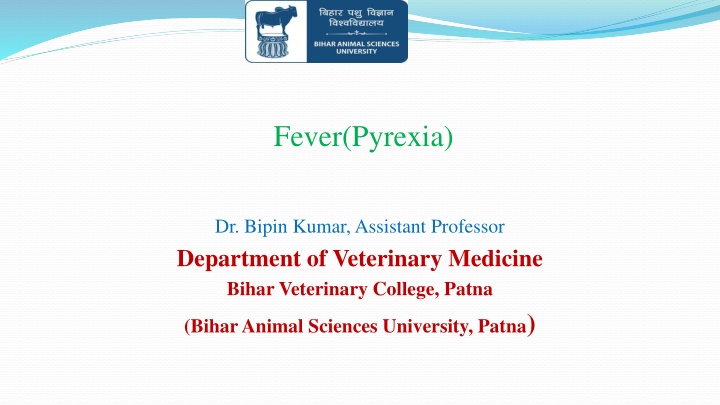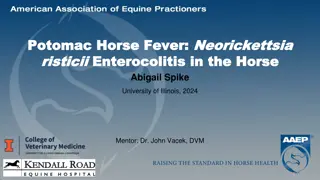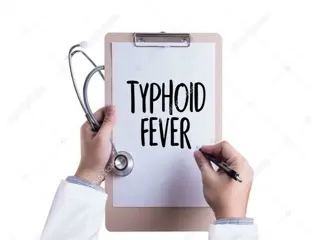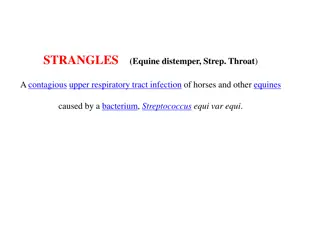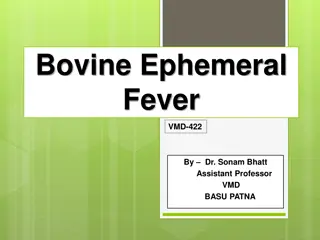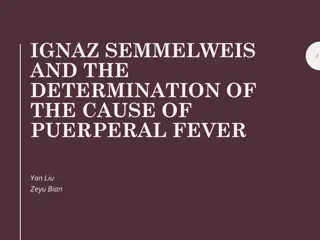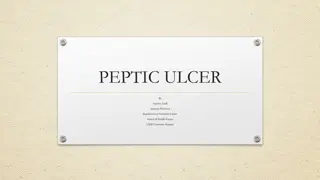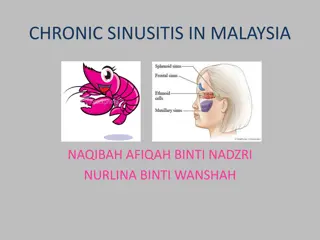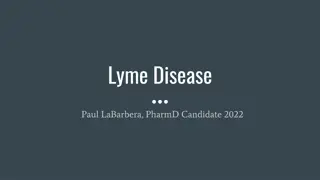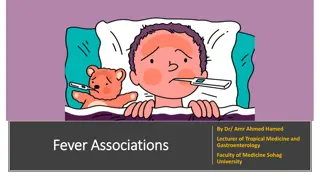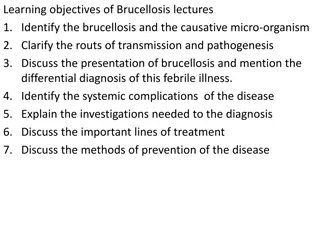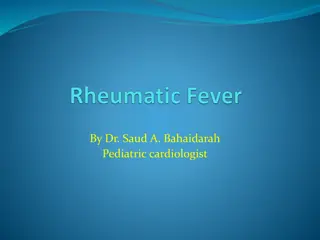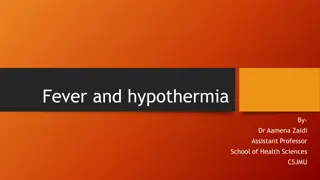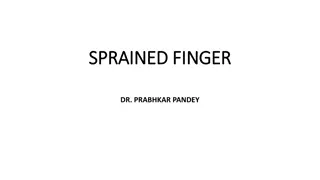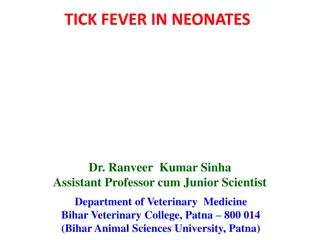Fever: Causes, Symptoms & Treatment
Fever, or pyrexia, is a syndrome characterized by elevated body temperature due to various factors like infections and immune reactions. Learn about the causes, symptoms, stages, and management of fever. Explore the role of pyrogens and clinical findings associated with fever syndromes. Discover non-pharmacological and pharmacological methods of antipyresis for fever management.
Download Presentation

Please find below an Image/Link to download the presentation.
The content on the website is provided AS IS for your information and personal use only. It may not be sold, licensed, or shared on other websites without obtaining consent from the author.If you encounter any issues during the download, it is possible that the publisher has removed the file from their server.
You are allowed to download the files provided on this website for personal or commercial use, subject to the condition that they are used lawfully. All files are the property of their respective owners.
The content on the website is provided AS IS for your information and personal use only. It may not be sold, licensed, or shared on other websites without obtaining consent from the author.
E N D
Presentation Transcript
Fever(Pyrexia) Dr. Bipin Kumar, Assistant Professor Department of Veterinary Medicine Bihar Veterinary College, Patna (Bihar Animal Sciences University, Patna)
Fever(Pyrexia) It is syndrome in which hyperthermia and toxaemia are produced by substance circulating in bloodstream. Increase in body temperature over the normal value of an individual.
Septic Etiology Bacteria Foreign protein Aseptic Virus Dinitrophenol Protozoa Surgery Fungi etc Necrosis Immune reaction eg Anaphylaxis,angio neurotic oedema
Pathogenesis Pyrogens ( bacteria, virus, fungi, malignancy, connective tissue disorders , trauma ) Endogenous pyrogens IL-1 , TNF ,interferons, IL-6, IL-11, stimulates. Produced by Leukocytes. Exogenous pyrogens bacterial cell wall components (LPS) , enterotoxins , exotoxins. Most potent exo. pyrogen is LPS. IL-1 initiates fever through synthesis of PGE2 in antr. hypothalamus. PGE2 raise the thermostatic set point followed by vasoconstriction and shivering.
Stages of fever Period of increment. Fastigium or constant temperature. Decrementi or fever defervescence.
Clinical findings Anorexia Dryness of mouth Oliguria Depression Increased HR,RR and depth. Cold and pale skin Shivering
Treatment Management of fever: Two methods of antipyresis 1.Non-pharmacological ; Environmental measures Hydration (fluids) Hydrotherapy (sponging) 2.Pharmacological therapy ; Drugs; paracetamol, ibuprofen,mefenemic acid
